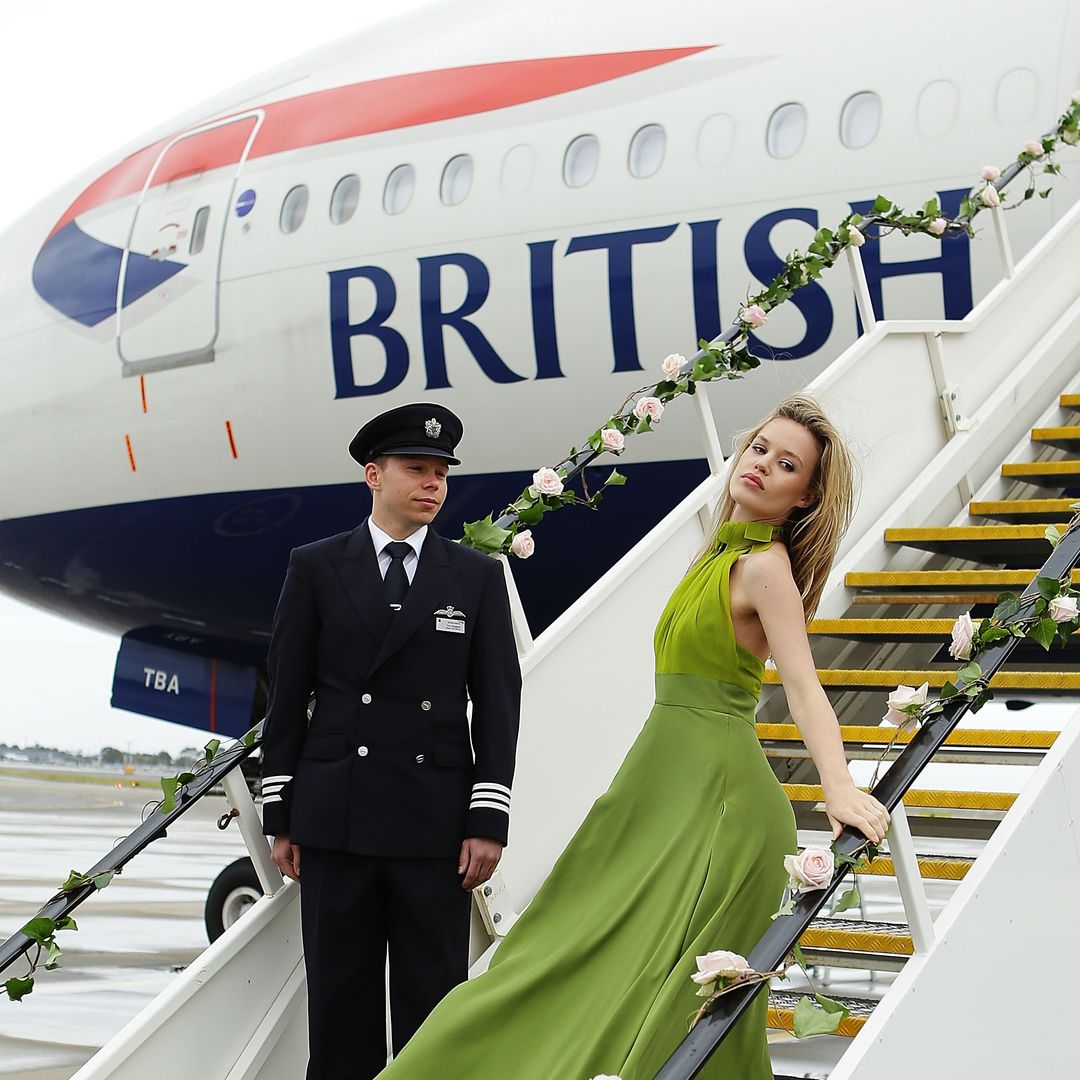Back in classical times, the Emperor Augustus described it as the island of dolce far niente – the expression that captures so well the Italian understanding of 'the sweetness of doing nothing'; his successor, Tiberius, chose it as the place for his retreat from the world – and to withdraw a few others from the world, too, apparently, as legend says the despot was not averse to throwing people from the huge cliff that overlooks the Villa Jubis, the most famous and best preserved of Tiberius' villas on Capri.
The history of the rugged island with its fringing of limestone cliffs and clear waters is similar to that of the neighbouring Naples, and the list of invaders and rulers down through the ages include Lombards, Normans, the House of Anjou, and the Aragonese, not to mention the Saracen pirates, whose attacks explain the island's narrow streets which could be closed easily as a defensive measure.
In the eighteenth and nineteenth centuries the aristocrats, intellectuals, poets and artists began to visit, in search of inspiration and sunshine: Mendelssohn, Debussy, Rilke, Gorky, Oscar Wilde and Thomas Mann would be followed later by others such as Graham Greene, Nureyev, Neruda, Sartre and Simone de Beauvoir. In 1945, Somerset Maugham set his short story The Lotus Eater on the island, then, in the Fifties, the film world began to feed the myth of Capri with glamour, jet set parties and a fair smattering of scandal.
Each summer, the paparazzi would set up outside the Quisisana hotel-palace on the trail of Hollywood greats such as Greta Garbo, Ingrid Bergman, Audrey Hepburn, Rita Hayworth, Elizabeth Taylor, Grace Kelly, Kirk Douglas and Clark Gable – much of the 1960 film It started in Naples, which starred Gable and Sophia Loren, was filmed on Capri. The tiny island is barely three kilometres by six and yet, despite the hordes of summer tourists, somehow there are still havens of intimacy in the exclusive hotels and private villas set among reefs and flowers, and the rich and famous continue to visit, and the cameras pursue designers and models, elite athletes, royals and screen stars.
It's a delight to wander the narrow Mediterranean streets of the city of Capri, to browse the luxury boutiques that crowd along Via Camerelle, admire the dizzying views from the Augustus Gardens, or to stop for a pause at one of the pavement cafes on the Piazzetta to recoup energy before tackling the descent of the Via Krupp, whose hairpin bends are a true feat of engineering, leading down to the little fishing port of Marina Piccola.
If sea conditions are suitable, you can take a boat from Marina Grande, the main port, and circumnavigate the entire island; you'll get a chance to witness the strange luminescent waters of the legendary – and probably crowded – Blue Grotto, as well as see the spectacular Villa Malaparte, where Brigitte Bardot stayed with filmmaker Jean-Luc Godard while filming Le Mepris (Contempt) in 1963.
High on the hills to the west is Capri's second city, Anacapri. Here, too, there are villas and views, sights and heights, including the marvellous Villa San Michele, built on Roman foundations in the nineteenth century for the Swedish doctor and writer Axel Munthe. After exploring all the delights, take the chair-lift up to Monte Solaro with its fine panoramic view of the Gulf of Naples. Here you'll understand why everyone falls in love with Capri, the ancient resort the Romans knew as 'goat island'.
THE PRACTICALITIES
Getting there: Fly to Naples and then take a bus or taxi to the ferry port. Frequent ferries and hydrofoils leave from Naples and Sorrento with the crossing from Naples to Capri's Marina Grande taking between 40 to 80 minutes. In summer there are also departures from other ports along the Amalfi coast.
Getting around: The main tourist locations of the island are easily accessible by taxi or public transport – bus, funicular and chair lift – and the monuments themselves are visited on foot.
Best time to visit: Capri is a small island, and on summer days it is usually full to bursting with tourists, many of whom have come from Naples or Sorrento for the day; fortunately the vast majority don't spend the night, which is a relief for those who choose the island as their holiday base. It may be better to visit in spring or autumn when there are fewer day-trippers.
Where to stay: The Grand Hotel Quisisana is the great classic of Capri, and still a favourite among aristocrats and celebs. Other fine hotels on the island include the five-star Punta Tragara and the Tiberio Palace, and in Anacapri, the Capri Palace.
Where to eat: There are many more, but among the most attractive places to eat on the island are the luxurious restaurant of the Tiberio Palace, the enchanting terrace of Il Geranio with its stunning views, Faraglioni (Via Camerelle, 75 ), Aurora, Paolino, with its romantic terrace under the lemon trees in Marina Grande, Villa Verde, Sollievo and da Giorgio. In Anacapri, the sumptuous L'Olivo at the Capri Palace is the only restaurant on the island to boast a Michelin star.
Don't miss: A trip across to the equally beautiful and less crowded neighbouring islands of Ischia and Procida, just a stone's throw from Capri and easily accessible by ferry.








